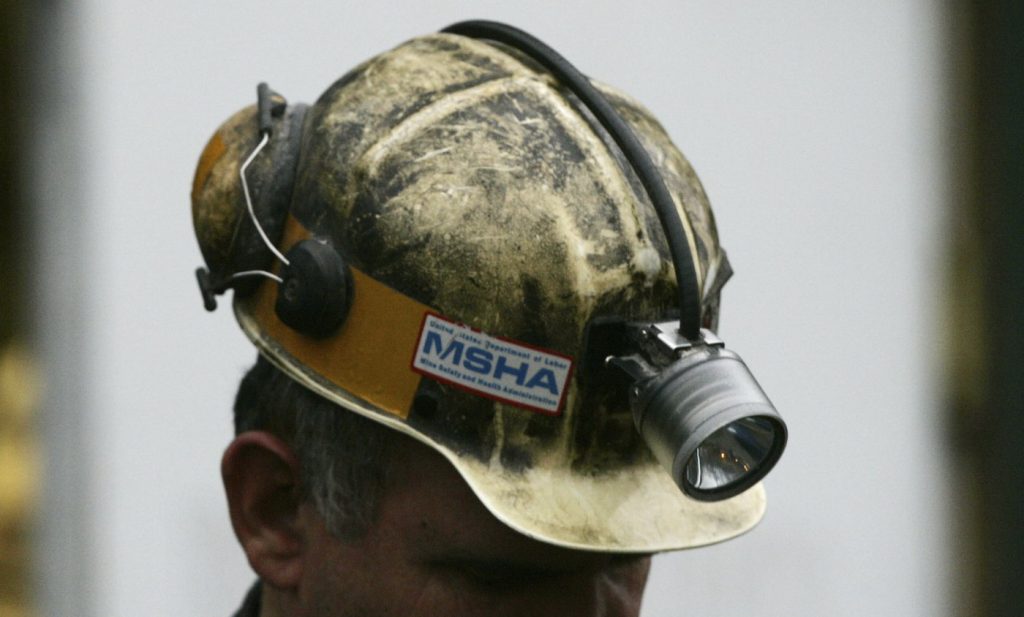CHARLESTON, W.Va. (AP) The U.S. Mine Safety and Health Administration (MSHA) is facing significant spending cuts as part of a broader initiative from the Department of Government Efficiency (Doge). The proposed cuts could lead to the termination of leases for nearly three dozen MSHA offices across the United States, affecting the agency's ability to oversee mine safety regulations effectively.
MSHA, established by Congress in 1978, plays a critical role in enforcing mine safety laws and ensuring that mining operations adhere to safety standards aimed at protecting workers. Under the current proposal, the closures would affect 34 MSHA offices located in 19 states. Notably, seven offices in Kentucky would close, which would result in the state, a significant coal producer, having only two remaining MSHA facilities. Other states affected include Pennsylvania with four closures, and two offices in California, Nevada, New York, Ohio, Texas, and West Virginia. Additionally, one office each would close in Alabama, Arizona, Colorado, Illinois, Indiana, Minnesota, New Hampshire, Oregon, South Dakota, Tennessee, and Wyoming.
The closure of these MSHA offices is projected to save the federal government approximately $18 million. However, there is uncertainty regarding whether the positions of inspectors and other personnel will be relocated to other facilities, which could increase the burden on remaining offices. The situation is compounded by existing staffing issues within MSHA, which has already seen a 27% reduction in total staff over the past decade, including significant cuts to enforcement personnel.
Alongside MSHA, the Office of Surface Mining Reclamation and Enforcement (OSMRE) facilities in Lexington, Kentucky, and Tulsa, Oklahoma, are also under consideration for closure. This could further diminish the federal government's ability to manage the restoration of lands impacted by surface mining practices, an agency established during the Carter administration to address environmental concerns stemming from such activities.
Mining fatalities in the United States have decreased significantly in recent decades, correlating with a decline in coal production. Although there were hundreds of mining-related deaths throughout the 1950s and 1960s, the establishment of MSHA led to ongoing improvements in safety regulations. Deaths have continued to decline, with only 11 or fewer fatalities reported each of the past five years, reflecting the industry's gradual shift and the closure of many coal mines across the country.
As of 2023, U.S. coal production fell to 578 million tons from a peak of 1 billion tons in 2014, according to the U.S. Energy Information Administration. This decline is attributed to a transition towards renewable energy sources and the adoption of cheaper and cleaner natural gas for electricity generation. Despite the downturn in coal production, the coal workforce saw a slight rebound from 2022 to 2023, increasing by 4.2% to 45,476 employees. West Virginia remains the leading state for coal employment, with approximately 14,000 miners, while Kentucky follows with about 5,000 workers.
In summary, the proposed closure of MSHA offices raises concerns about the potential impacts on mining safety enforcement, especially as the agency is already understaffed. With inspectors possibly having to travel longer distances to supervise mining operations, the thoroughness of inspections may be compromised, further jeopardizing miner safety in an already declining industry.










